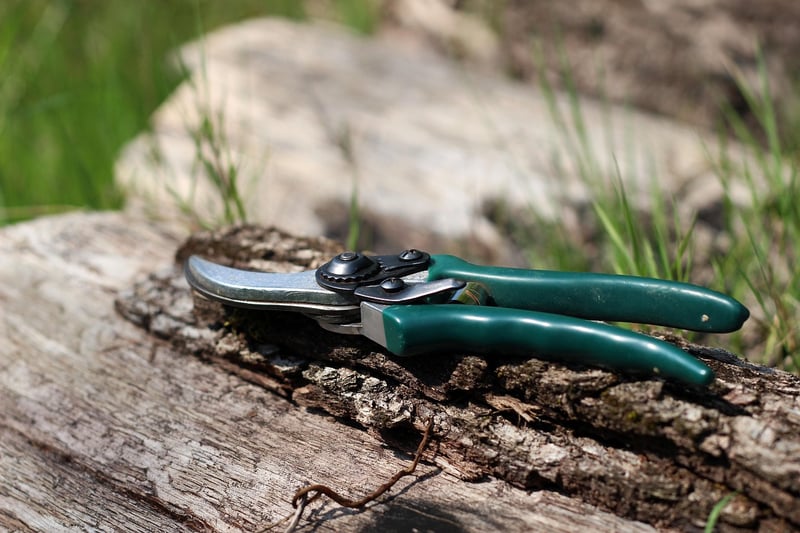Pruning guidelines
Keeping Your Garden Healthy: Essential Pruning Guidelines
Welcome to our guide on how to maintain a healthy garden through proper pruning techniques. Pruning is a crucial aspect of garden care that not only helps keep your plants looking their best but also promotes growth and overall plant health.
Why Pruning is Important:
Pruning is essential for the following reasons:
- Encourages plant growth
- Improves airflow and sunlight exposure
- Helps maintain plant shape and size
- Removes dead or diseased branches
- Enhances flower and fruit production
Key Pruning Guidelines:
1. Use the Right Tools:
Ensure you have the proper tools for pruning, including sharp bypass pruners, loppers for thicker branches, and a pruning saw for larger limbs.
2. Know When to Prune:
Prune plants during their dormant season to minimize stress and encourage new growth. Research the specific pruning times for each plant species in your garden.
3. Prune Strategically:
Remove dead, damaged, or diseased branches first, followed by any crossing or rubbing branches. Cut at a 45-degree angle just above a bud or junction.
4. Consider Plant Type:
Understand the growth habits of different plants. For example, prune flowering shrubs after they bloom, while evergreen trees can be pruned in late winter.
5. Don't Overprune:
Avoid excessive pruning, as it can weaken plants. Aim to maintain the natural shape of the plant while removing only what is necessary for health and aesthetics.
Benefits of Proper Pruning:
- Promotes plant health and vigor
- Reduces the risk of pests and diseases
- Improves overall plant appearance
- Increases flower and fruit production
By following these pruning guidelines, you can ensure that your garden remains healthy, vibrant, and full of life. Happy pruning!

Image Source: Pixabay
